In the minds of Tudor England’s people, ghosts were a common and often unnerving part of life. The fear of spirits was deeply embedded in their belief system, as it was widely thought that ghosts were souls trapped between heaven and hell. These wandering spirits were believed to return to the living world because of unfinished business, unresolved guilt, or improper burial rites. They haunted the living, not out of malevolence, but rather because they sought closure, forgiveness, or retribution. Some people thought spirits were sent as a form of divine punishment, while others believed they were simply restless souls in need of prayers and masses said in their name to finally ascend.
The Tower of London – Edward V and his brother, Richard of Shrewsbury
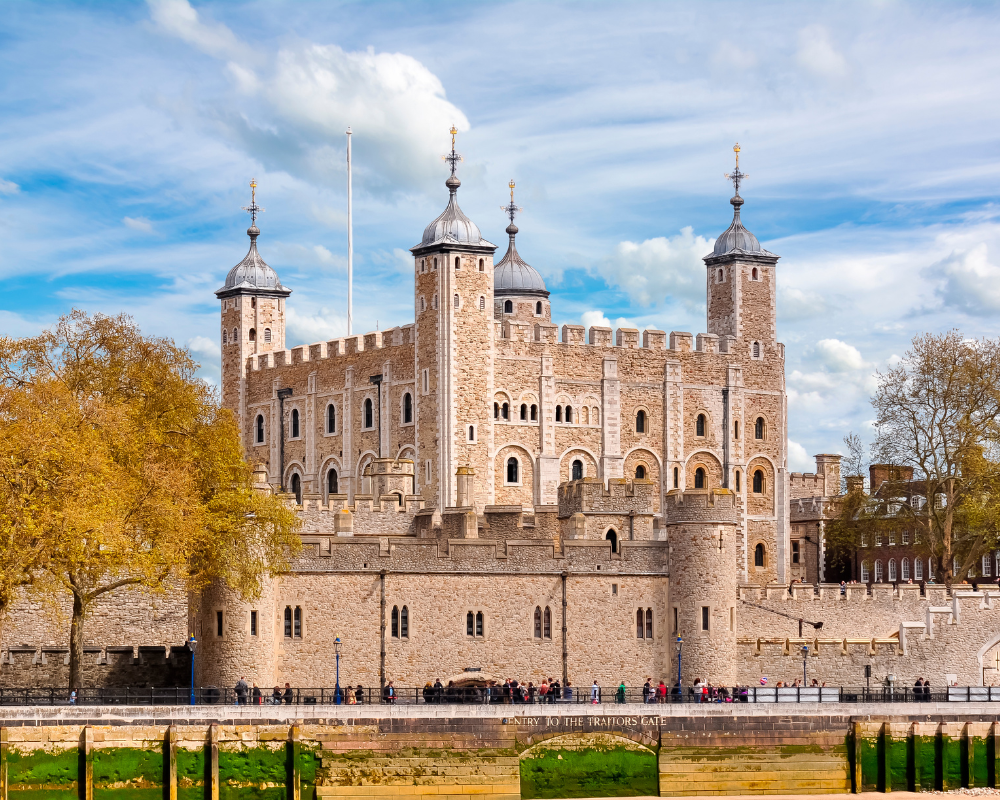
One of the most famous locations tied to ghostly sightings is the Tower of London. The imposing fortress has been the site of many grisly executions, imprisonments, and murders, leaving behind a legacy of tragedy and restless spirits. Among its most notorious hauntings are the ghosts of the two young princes, Edward V and his brother, Richard of Shrewsbury. These boys were locked in the Tower by their uncle, Richard III, and were never seen alive again. Their spirits have allegedly been spotted roaming the tower’s halls, sometimes clutching each other in fear, wearing the same clothes they were last seen in before their tragic disappearance. Their small figures are often seen fading into the walls of the White Tower, a silent reminder of their untimely and mysterious demise.
Windsor Castle – Queen Elizabeth 1st

Windsor Castle, another historic royal residence, has its own share of spooky tales. The most famous ghost to walk its halls is none other than Queen Elizabeth I herself. Known for her strong will and grand leadership during the Tudor era, it seems not even death could keep her away. Visitors and even members of the current royal family have reported seeing Elizabeth’s apparition. She is often spotted near the library, dressed in her regal finery, as if still keeping a watchful eye on the affairs of the kingdom. Her spectral presence is said to be both calming and eerie, a symbol of her enduring influence on England.
The Ghosts of Henry’s Wives

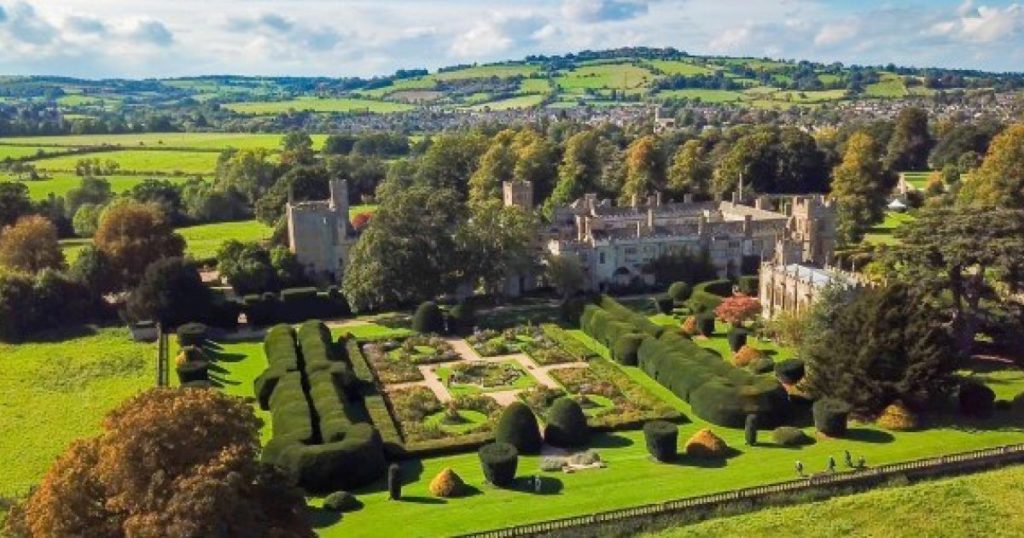
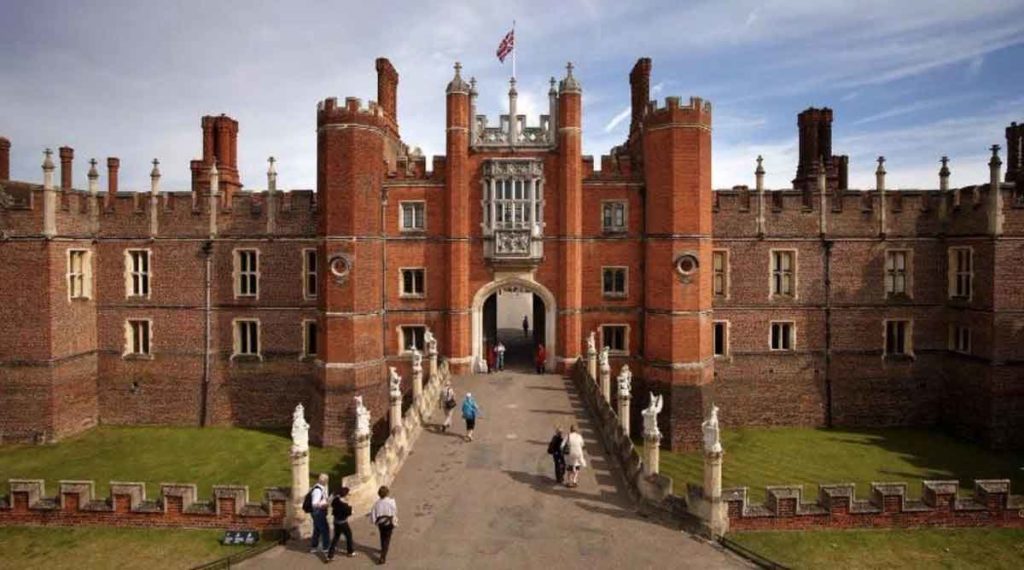
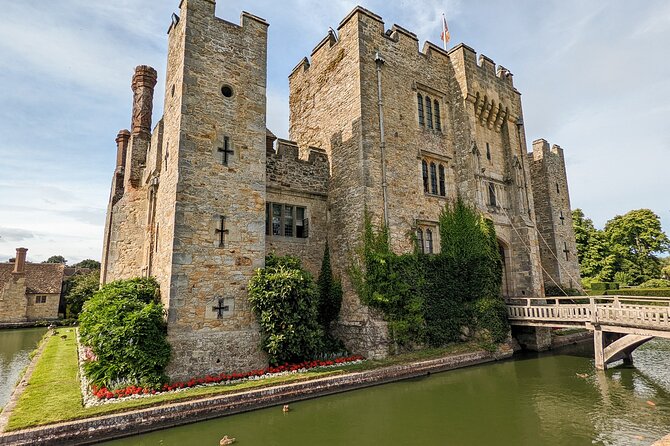
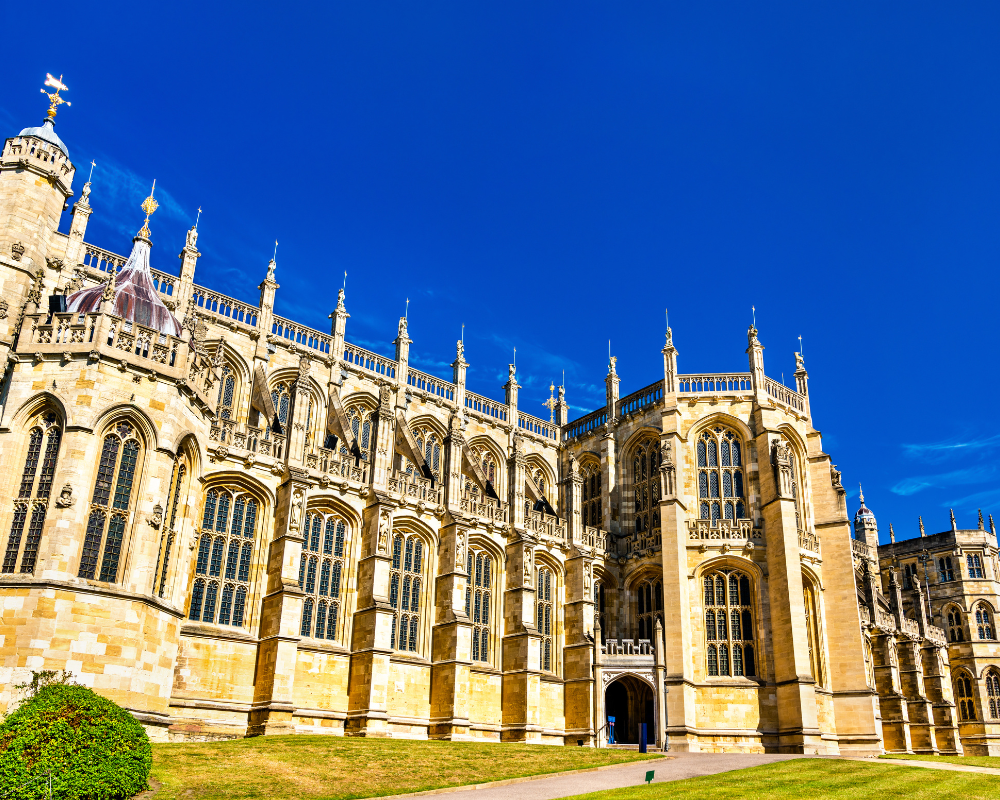
The wives of King Henry VIII have their own ghostly fates as well. Anne Boleyn, his ill-fated second wife, is often seen wandering Hever Castle, her childhood home, with a look of sorrow etched across her face. Katherine Howard, Henry’s fifth wife, is said to haunt Hampton Court Palace, running and screaming for mercy as she once did before her execution. In the same palace, Jane Seymour is often spotted in the Silver Stick Gallery, carrying a candle and dressed in white, mourning the loss of the son she bore Henry. Katherine Parr, Henry’s last wife, is found at Sudeley Castle, and Catherine of Aragon, his first wife, is said to wander the grounds of Kimbolton Castle. However, poor Anne of Cleves, the wife Henry famously divorced, seems to have no ghost to speak of—perhaps the jilted queen preferred to rest in peace rather than haunt the castles of England.
Tudor England wasn’t just haunted by spirits—it also had its own ways of dealing with them. To rid themselves of an unwanted ghost, the haunted person might call upon a priest for an exorcism or hold a solemn mass in honor of the troubled spirit. Folk remedies, however, were just as popular, with people placing iron nails or salt at the thresholds of their homes to ward off spectral visitors. Burning herbs like sage or rosemary was thought to purify a space and drive out malevolent spirits. Some believed simply talking to the ghost and offering to resolve whatever unfinished business kept them from resting could release them from their ghostly duties. The Tudor method of handling ghosts combined a good dose of religious ceremony, practical remedies, and a little bit of bravery to face the things that go bump in the night.